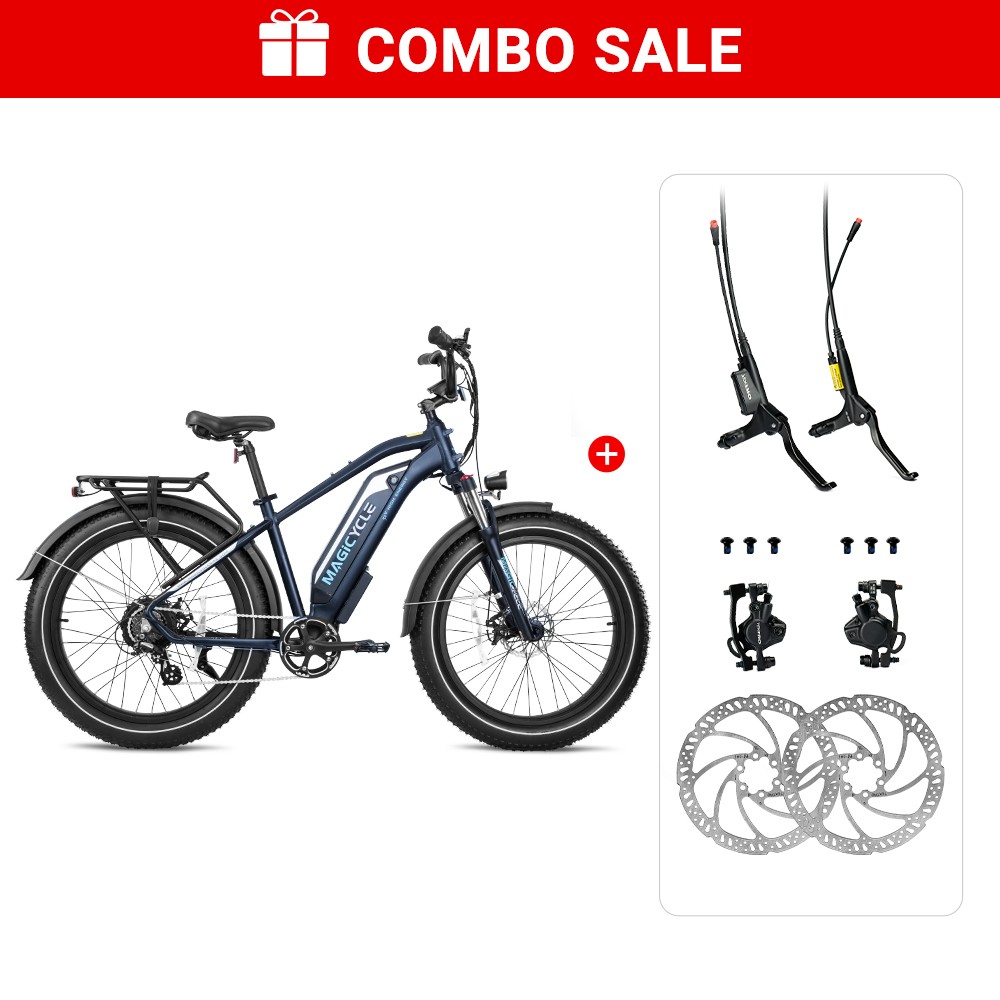“Bike categories that catered to families and recreational and newer riders grew better than more performance-oriented bikes,” said Dirk Sorenson, a sports industry analyst at NPD, adding that e-bikes “overcome challenges like big hills or going on a longer ride than a typical bike.”To get more news about ebike accessories, you can visit magicyclebike.com official website.
But it’s not just consumer sales that have mainstreamed e-bikes. Municipal bike-sharing systems have increasingly adopted the technology, with some cities, including Charlotte, N.C., going with an all-electric fleet during the pandemic.Social distancing demands, the quest for safe and more accessible public transportation and sustainable travel measures have forged a growing adoption of e-bikes among travelers as well as local residents.To get more news about rad rover 5, you can visit magicyclebike.com official website.
“Covid sort of propelled electric bikes forward by years,” said Josh Squire, the founder and chief executive of Hopr, a bike-share service.
Cities, bike-sharing companies and even a peer-to-peer bike-sharing platform (in which bike owners rent their bikes directly to users) are jumping into the e-bike ecosystem. Here’s how bike-sharing — sometimes called “micromobility” to include other small vehicles, such as scooters — has shifted in the tourism lull.
In the early days of the pandemic, bike-share usage stalled as those working from home stopped commuting. For essential workers who needed to travel, bike-sharing became an alternative to buses or trains, where they might be exposed to the virus by other passengers. Lyft, which manages bike-share fleets in nine cities — including the largest systems in New York City and Chicago — gave about 30,000 essential workers free yearly passes.
“Covid was able to highlight micromobility as an essential transportation service, filling in where transit service stopped or where gaps existed and helping essential workers get to work,” said Samantha Herr, the executive director of the North American Bikeshare Association.As people began to leave their houses in summer, biking rebounded. In Honolulu, nearly 80 percent of members of the bike-sharing system Biki said riding was the safest form of public transportation during the pandemic. In Chicago, the Divvy bike-share system recorded its busiest month on record in August.
In New York City, where Citi Bike added 3,700 new bikes in 2020, ridership exceeded 2019 levels in the last four months of 2020, according to a monthly report filed with the New York City Department of Transportation. The company said 27 percent of rides were deemed “casual,” or recreational, in 2020, versus 17 percent in 2019, with the most popular stations around hospitals and parks, reflecting the mix of essential and casual uses.
Biking was clearly a remedy for cabin fever, and bike sharing is an affordable cure.In Miami, where hand sanitizer dispensers were installed at Citi Bike Miami stations, casual users have taken about 40 percent of rides in 2021 as tourism has ticked up.
Colby Reese, the co-founder of DecoBike, which runs Citi Bike Miami, estimates about half a million visitors annually used the bike-share system before the pandemic. Plans are in place to add about 200 e-bikes this summer to the existing 2,000-bike fleet. “Because of Covid, outdoor things are more popular than they were before,” he said.The electrification of bike-share systems, accelerating now, has been underway for several years. In 2018, the Bikeshare Planning Guide from the Transformative Urban Mobility Initiative, a global initiative on sustainable transportation, called them “ideal for bikeshare because of their otherwise high upfront cost to users, and they can improve user comfort by reducing often-cited barriers to cycling such as fatigue, sweating, and longer-distance or hilly trips.”
According to the North American Bikeshare Association, in 2019, the last year for which statistics are available, 28 percent of bike-sharing systems had e-bikes. It found e-bikes were used more intensively than traditional bikes, at a rate 1.7 times higher.